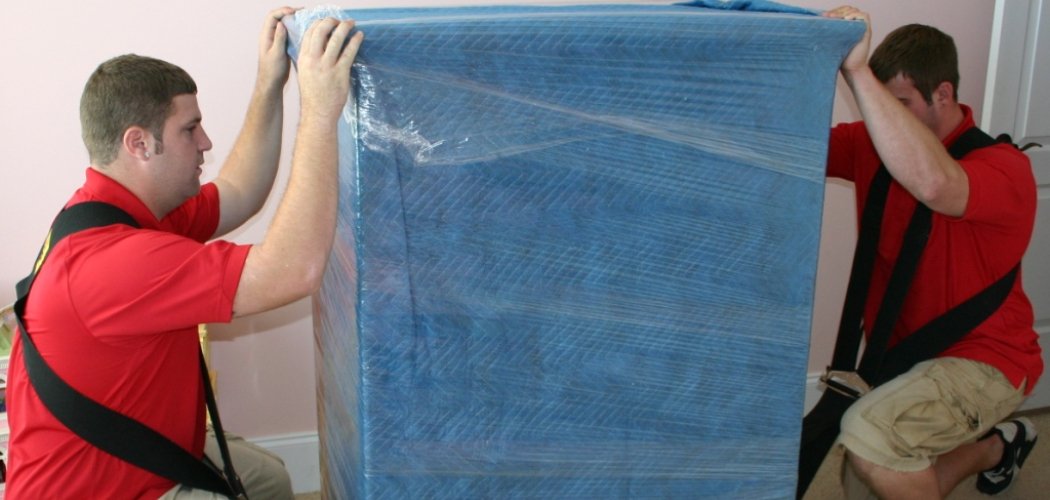Moving can be a stressful and daunting task, especially when it comes to packing and transporting furniture. One furniture piece that requires special attention is a dresser, as it contains delicate and valuable items such as clothing, accessories, and personal belongings.
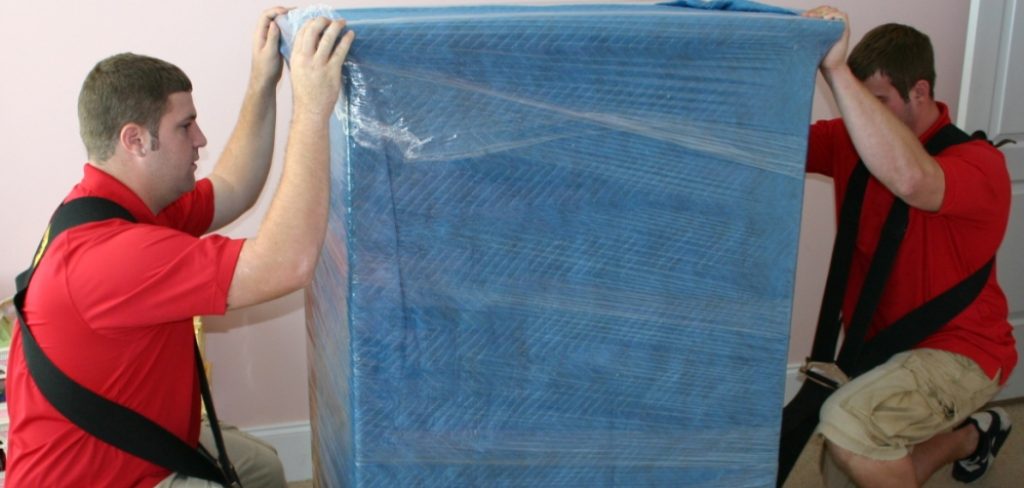
Properly packing a dresser for moving is essential to ensure its protection and to make the unpacking process easier. In this article, we will provide you with valuable tips and step-by-step instructions on how to pack a dresser for moving.
From emptying the drawers to securing the dresser for transportation, we will cover all the necessary methods to ensure your dresser arrives at your new home intact and ready to be set up efficiently. By following these guidelines, you can flowline your moving process and minimize the risk of damage to both the dresser and its contents.
Do You Pack Dresser Drawers When Moving?
When picking a dresser for moving, it is not recommended to pack the contents of the drawers inside the dresser. The weight of the items in the drawers can cause strain on the frame and may result in damage while transporting.
It is best to remove any clothing or other items from each drawer, place them in boxes, and label them accordingly. You will then be able to quickly locate your belongings once you have reached your destination. Additionally, removing all items from drawers ensures that they do not become scratched or otherwise damaged during transportation.
If you are unable to remove larger items, such as books, wrapping them with bubble wrap can provide additional protection. Once all of the items have been removed from the dresser, insert paper padding between each drawer to prevent them from rubbing against one another.
Close the drawers and secure them with tape, then wrap the dresser itself in blankets or other protective material before loading them onto the truck. Taking these precautions can help ensure that your dresser arrives safely at your destination.
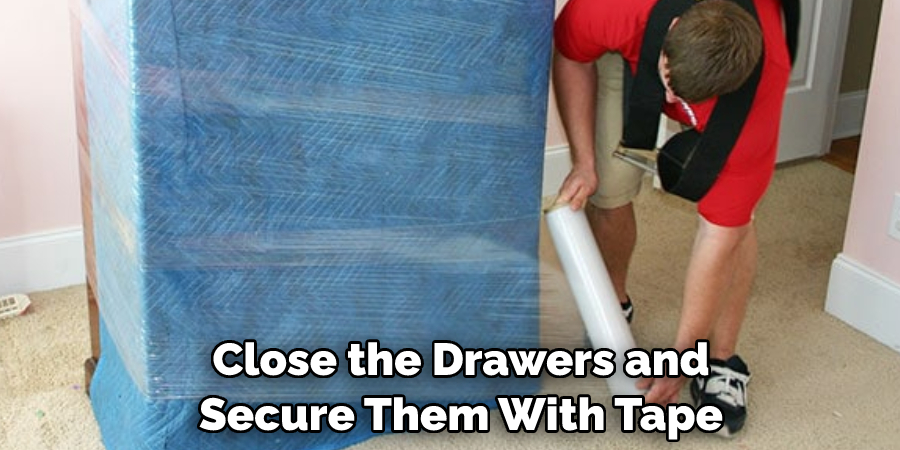
For more information on how to pack a dresser for moving, be sure to research different methods and consult with professionals. With the right preparation and planning, you can ensure that your dresser is safely transported to its destination.
10 Methods How to Pack a Dresser for Moving
1. Empty the Drawers:
Start by completely emptying all the drawers of the dresser. Remove clothing, accessories, and any other items. Place them in separate boxes or bags for easier organization and unpacking at your new home. This step reduces the weight of the dresser and prevents items from shifting during transport.
To make the job easier, sort similar items together and label each box with its contents. While you’re emptying the drawers, take a few minutes to clean them. Although the dresser may be covered during transport, it’s a good idea to remove any dirt and debris.
2. Sort and Declutter:
Take this opportunity to sort through the items from the dresser drawers. Determine what you want to keep, donate, or discard. This process helps minimize unnecessary belongings and reduces the overall packing load.
Donate or discard any items you no longer need or use. Though you may feel attached to certain items, remember that packing and moving them adds unnecessary expense. Make sure to clean out any drawers that have a sticky residue.
3. Protect Fragile Items:
For delicate or breakable items such as glassware or jewelry, wrap them individually in bubble wrap or packing paper. Place them in secure boxes or padded containers to ensure their safety during transportation. Label the boxes as “fragile” for proper handling.
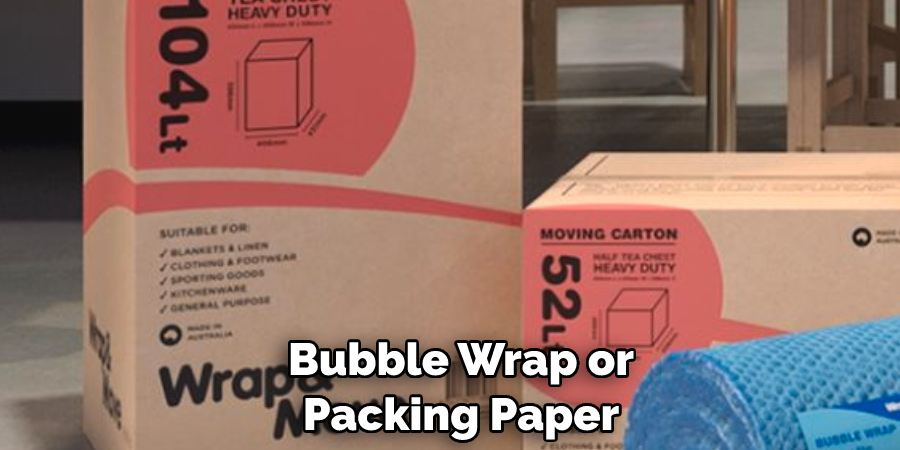
If you are traveling a long distance, consider taking these items with you in your personal vehicle. While it is possible to move them, the risk of damage increases. Although it may take more time, wrapping and packaging these items securely will help them stay safe during the move.
4. Secure Loose Items:
Suppose there are loose items in the dresser, such as belts or scarves, gather and secure them together. Use rubber bands, small bags, or ties to keep them organized. This prevents them from getting tangled or lost during the move. While supplies are still out, inspect the drawers for any foreign objects.
Make sure to remove or secure anything that could scratch or damage other items during the move. However, it is important to limit the number of items you put in drawers. If you fill them too much, they could become too heavy to move. Once you have secured all loose items, shut the drawers and secure them with tape.
5. Remove and Pack Drawers:
For dressers with removable drawers, take them out and pack them separately. Use packing paper or blankets to wrap each drawer individually, protecting them from scratches or damage. Stack the drawers in a sturdy box, securing them in place with packing tape.
Make sure that the drawers are standing upright and don’t shift around during transport. Additionally, label the box with details about its contents. When packing drawers with items still in them, you should wrap the items individually and place them in a box. This will prevent any broken or lost items during the move.

6. Protect the Dresser Exterior:
To safeguard the exterior of the dresser during the move, cover it with furniture, blankets or moving pads. Secure the blankets using plastic wrap or packing tape. This provides a protective layer against scratches, dents, and other damage. Once the dresser is loaded on the moving van, use rope or bungee cords to tie it down in place.
This will help ensure that it won’t move while the truck is en route. To finish, use another layer of furniture blankets to protect the dresser from exposure to dirt or other elements during the move. With these steps, your dresser should be properly prepared for a safe journey to its new home!
7. Use Plastic Wrap or Stretch Wrap:
To secure the drawers and prevent them from sliding open during transportation, wrap the entire dresser in plastic wrap or stretch wrap. Start at the top and work your way down, ensuring each drawer is tightly secured. This step maintains the integrity of the dresser and prevents damage to the drawers and their contents.
You can also use tape or rope to secure the drawers closed. When the dresser is finished wrapping, make sure to secure it with tape. To make the dresser even more secure, consider placing it in a wardrobe box. This will give the furniture an added layer of protection and help prevent any shifting during transportation.
8. Secure the Dresser:
Once the dresser is wrapped, use moving straps or heavy-duty rope to secure it. Place the straps or rope tightly around the dresser, securing it to a moving dolly or other moving equipment. This step ensures the dresser remains stable and upright during transit.
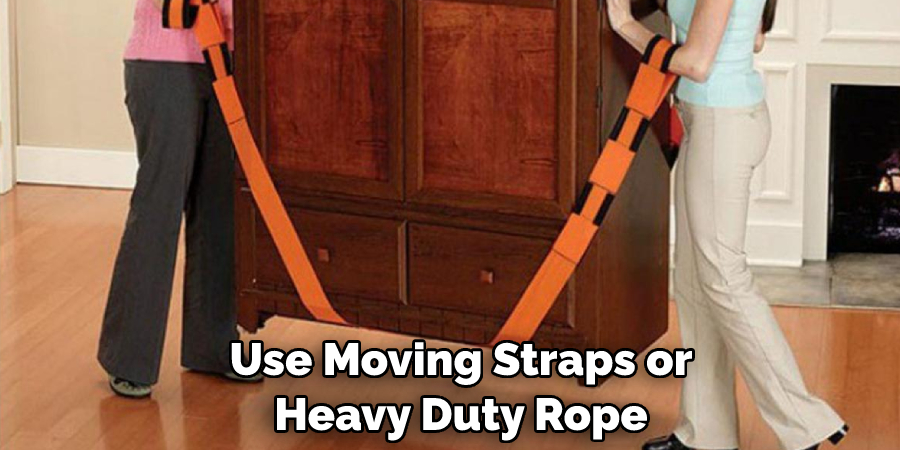
Additionally, if the dresser is large and will be transported in a moving truck, secure it to the wall of the truck with straps or rope. This will prevent the dresser from moving during transit. Finally, check all straps and ropes to ensure they are secure before moving the dresser. These safety measures will help protect the dresser from damage during the move.
9. Label and Document:
Label the wrapped dresser with its contents, room destination, and any necessary handling instructions. This helps with organized unpacking and ensures proper placement of the dresser in your new home. Additionally, take photos or make a written inventory of the dresser’s condition before moving it for insurance purposes.
Once the dresser is loaded onto the moving truck, carefully document its position with a floor plan or diagram. Doing so helps you return it to the same spot in the truck should it need to be moved for any reason. This is especially important as dressers are heavy and difficult to navigate.
10. Hire Professional Movers:
Consider hiring professional movers who have experience in packing and moving furniture. They have the necessary tools, equipment, and expertise to handle dressers and ensure their safe transport. Professional movers can also provide additional assistance and guidance throughout the moving process.
This is especially beneficial if you’re dealing with a large dresser or one that has complex features. Professional movers can also help you unpack your dresser safely and make sure it’s in one piece upon its arrival. With their help, you can rest easy knowing that your dresser is taken care of.
Conclusion
Moving is a tedious yet ultimately rewarding process that requires strong organization and preparation. It’s important to take the appropriate steps when packing, such as protecting your items with wrapping and using dollies for big pieces of furniture like dressers.
Packing a dresser may seem daunting at first, but armed with these tips, it can be accomplished easily and safely. So the next time you need to move, just follow these simple steps remove any drawers and dismount necessary parts from the bottom of the dresser.
Cover them and the dresser in bubble wrap or paper; place small pieces in labeled boxes or stack them together; transport the dresser on a sturdy dolly; reassemble and enjoy your new home! With this guidance, we assure you that How to Pack a Dresser for Moving will no longer be an intimidating task!
